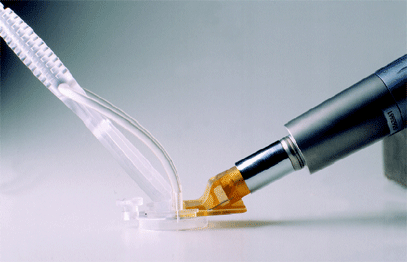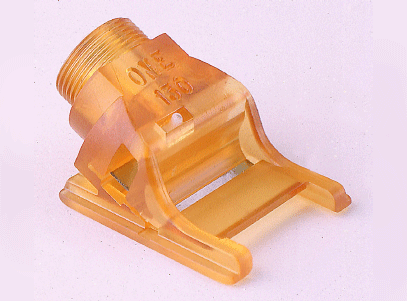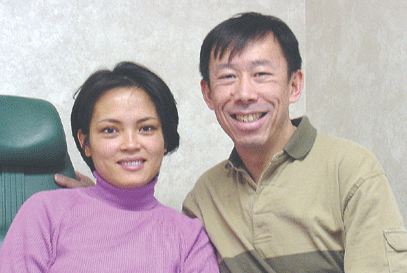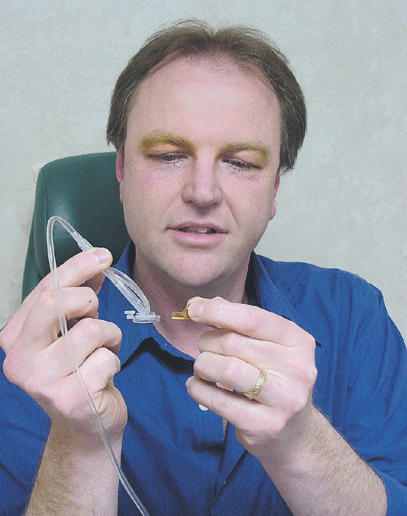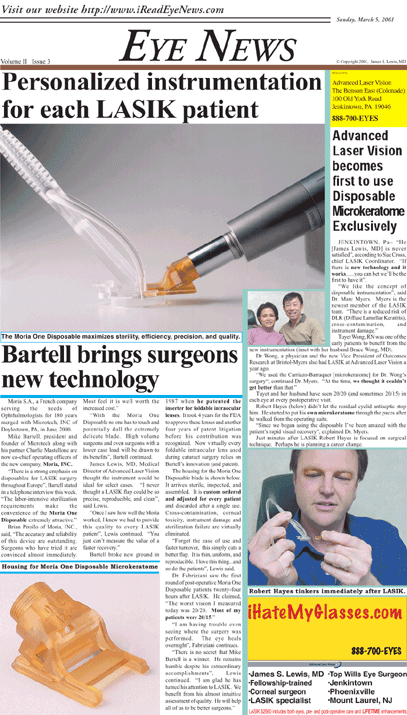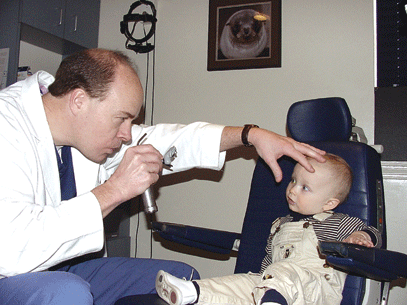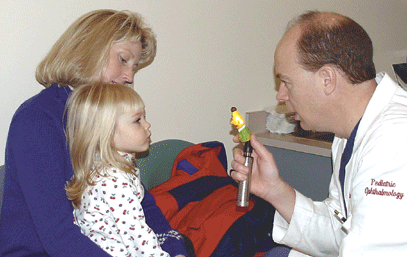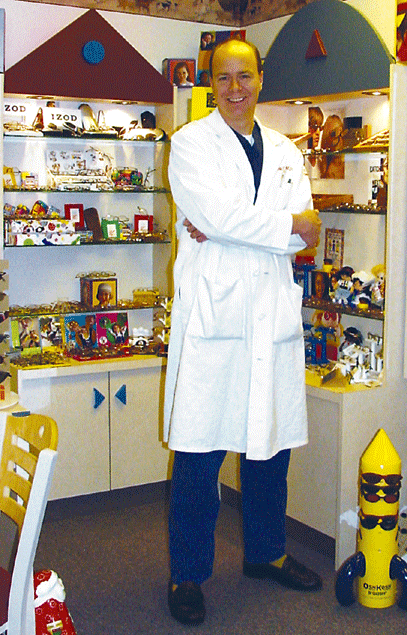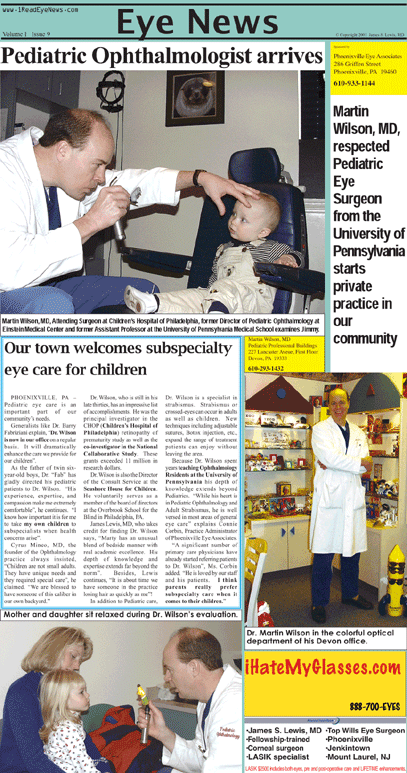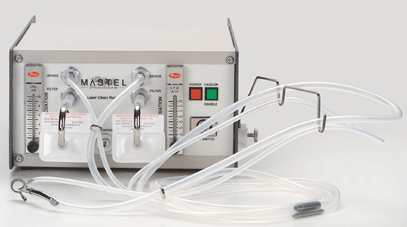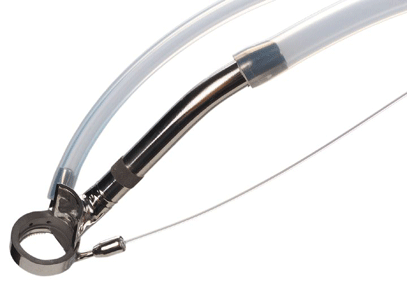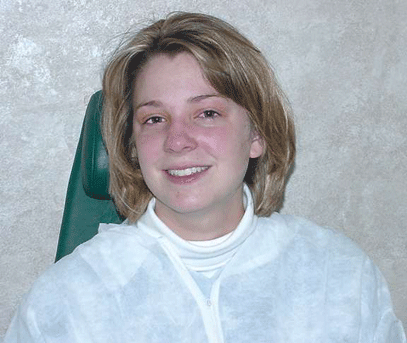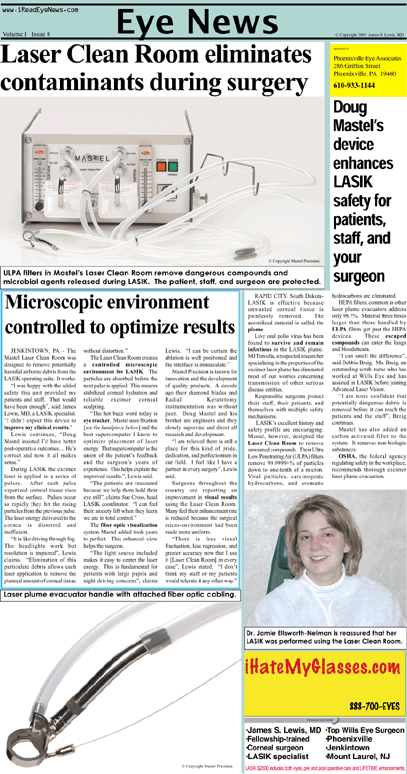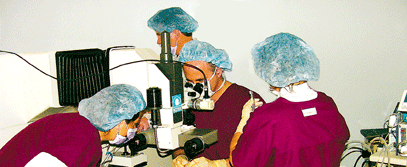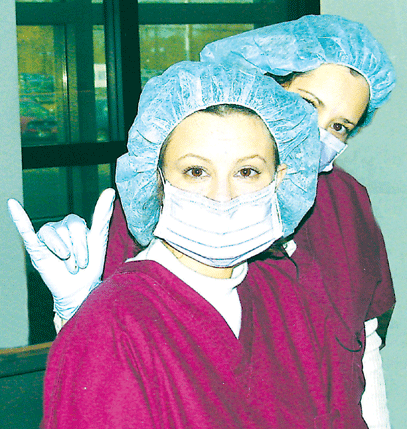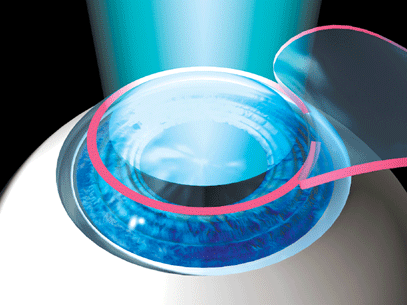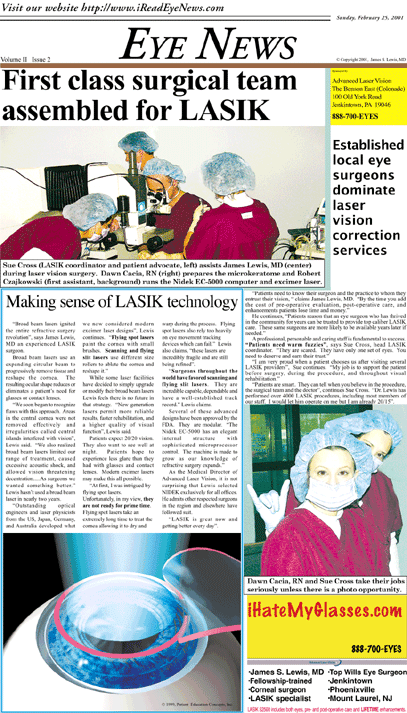Eye News Volume I Issue 10

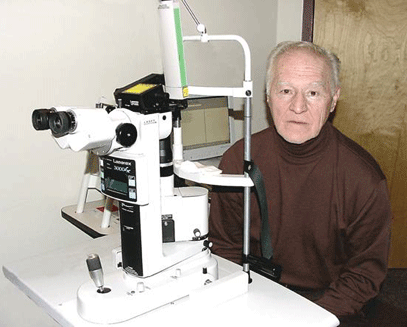
Now studies suggest laser treatment should be used before drops in some cases.
Aqueous humor [see below] is produced by the ciliary body. It passes over the lens, through the pupil and over the iris. It drains from the eye via the trabecular meshwork. An Argon laser is applied to the trabecular meshwork to treat glaucoma.
When aqueous is produced too quickly or when aqueous is removed too slowly glaucoma results. If left untreated glaucoma can irreversibly damage vision.
Dr. Barry Fabriziani claims, “It would be better if patients could feel the increase in eye pressure. They would come to us and we could treat them before permanent visual loss occurred.”
Glaucoma remains a major National Health problem in the United States. Nearly 15% of the population over sixty has glaucoma. Populations with even higher risk include diabetics, smokers, and relatives of glaucoma patients.
Glaucoma can also attack the young. Although rare, children can be born with the disease. Males in their thirties and forties can have this serious condition. Afro-American males have the highest incidence of this sight-threatening disease.
“We must rely on routine examinations or glaucoma screenings to make the diagnosis”, explained James Lewis, MD. “Asking someone to take eye drops two or three times a day is problematic. Medications are expensive and most have side effects. Patients can easily forget to take drops. Compliance is a major problem.”
English Ophthalmologists were the first to consider argon laser treatment as first line management for patients with glaucoma. The excellent safety profile of this laser made it a reasonable alternative to drops. Studies supported their theory.
American specialists were skeptical but their independent research supported their conclusion. “We learned that argon laser treatment for glaucoma can be as safe and effective as drops”, Lewis continued. “Studies proved lasers were more cost effective for the patient and less expensive for the National Health Service in England.”
Fabriziani added, “The convenience of providing this service in the office is appealing to patients”. “I am relieved because their eye pressure is controlled and patients don’t have to buy drops and remember to take them throughout the day.”
Lewis said, “The lasers have become smaller, more efficient and affordable. Having them in the office is an incredible convenience for patients. It allows us to practice better medicine.”
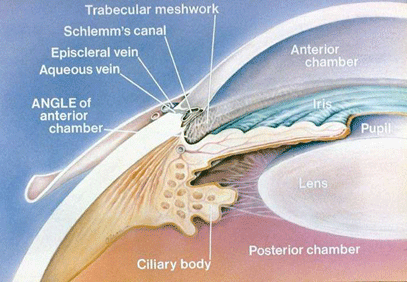
Joan Dakota – “delighted the laser was available in the office…easier for my daughter, I spent hours at the hospital for the other eye”
Jackie Taglieber – “vision improved and perfect with glasses”
Mr. Osiol – “boy, that was quick”
Edward Yancheck – “vision very good…the worse part was coming down in the traffic”
Walter Capper – “Thanks doctor, can’t we do both today?”
Harold Bonenberger – “is it over, that’s it?…that didn’t hurt at all”
Mary Jane Moore – “nothing to it”
Marilyn Black – “that was very quick and easy, I want the other eye done”
Mary Cushman – “no pain, not boring and not more fun in the
hospital… being at the hospital was a frustrating experience”
Margaret Janson – “This was easy”
Dr. Elaine Husted – “This setting is always much nicer, your staff is always lovely”

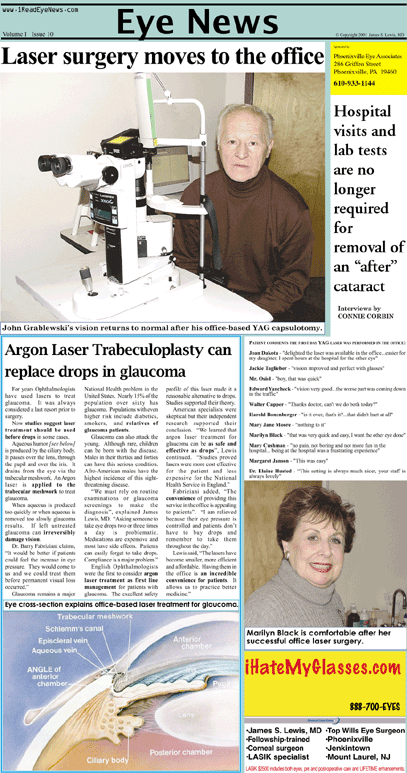
Dr. Lewis believes in using the latest technologies and techniques in order to provide his laser eye surgery Philadelphia patients with the best possible vision correction results. This is why, in addition to LASIK, he also performs Epi-LASIK in Bucks County / Philadelphia. Other state-of-the-art treatments offered by Dr. Lewis include implantation of Visian ICLs in Philadelphia.

